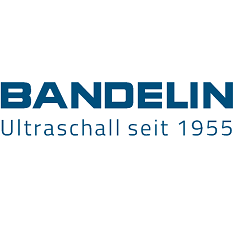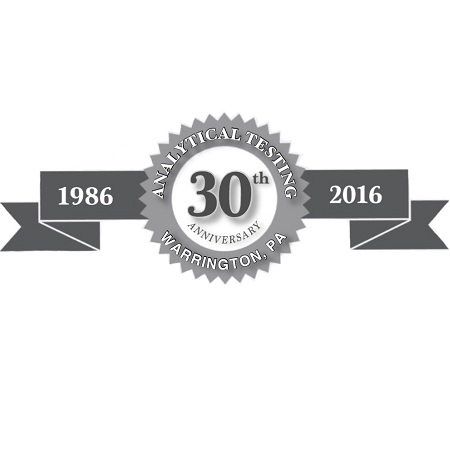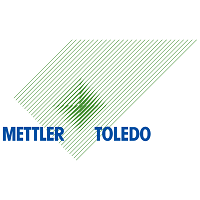An essay is, in general, a literary composition that provides the author’s arguments however the definition is ambiguous that covers all of a brief article as well as a book, newspaper, an essay and even a novel. Although essays are becoming more informal in recent times, they are still formal in their roots. The most well-known rush essay reviews types of essays include literary, personal, public, academic, and persuasive. An essay can be written for a variety of reasons, including to present an idea or a scientific idea, present an observation, present an invention, review something, or obtain information or answer questions.
An essay’s structure usually follows one of two formats, based on whether it is written for students or instructors. The introduction paragraph typically explains the purpose of the essay. It can be either an introduction to the subject or an introduction to the essay, or a thesis (also called the thesis statement). The body of the essay will comprise the different elements of the introduction, with further paragraphs providing supporting evidence and arguments to back each part.
The body of the essay is the main part of the essay. The paragraphs may all articulate a different take on the topic; however, the most commonly used format for essay content is a paragraph-per-paragraph structure, with the first paragraph generally following the same format as the last. The paragraphs will discuss various topics and at the end the conclusion will summarise what was discussed in the preceding paragraphs. The thesis statement is usually the concluding paragraph in an essay. It is often the most difficult part of an essay as it needs to convince the reader that the subject is important and deserves more research. The thesis statement must be well organized and clear, though the exact shape and style can differ based on the essay’s specific purposes.
The next section of an essay is typically the argumentative or debate part, in which the writer relies on logic and reasoning to prove either way. This part is perhaps the most popular kind of essay, and there are two general argumentative essay types, either essayistic or polemic. Polemic essayists tend to be well-informed on the subject. They rely on statistics, personal experiences as well as facts and other easily-searchable sources to back up their arguments. Polemic essayists typically employ a personal style of writing essayhave legit, so it’s important to make the argument as concise and compelling as is possible.
Argumentative essayists don’t always rely on personal experiences however, they often be able to connect one with another. For instance when a writer has strong opinions about gender issues but is unable to justify his or her beliefs with logic, he/she might choose to write an essay about why women are, indeed better at certain things than men. He/she might also argue why a woman should take care of the children, rather than why men should. These issues can be approached from a personal perspective, which makes the essay more genuine to the reader. It builds trust and helps the reader.
Literary essays, as the name implies, are written about literary topics. They cover a variety of topics, including literature, race and race relations, science, history and the arts. They cover a wide range of periods and time but always take an interest in the culture and people involved in that era. Literary essays can be a savage either psychological or political and also historically accurate in nature. These kinds of literary essays are typically very long, and can go on for pages (or even paragraphs) to cover a single issue.
Historical essays are more concerned with evidence and research, rather than personal experiences. It starts with a current issue like civil war, and then moves on to examine the background information as well as the main arguments. The thesis statement, at the end is the answer to the question that was asked at the beginning of your essay. It is here that you use the logic behind your argument to address the question asked at the beginning. If you intend to include additional details in your thesis statement, make certain to include the major elements of your essay.
Meta-essays are writing pieces that are not part of the body. They usually serve as a summary of the thesis statement reversed. They focus more on the outline of the author’s personal knowledge and experience than on their expertise and knowledge in the field. They generally follow the same format as paragraphs, with one paragraph introducing the author and providing additional information on the subject. If you’d prefer, you can employ a bullet-list system for your paragraphs.





















